When looking back at some of my wildlife records I realised there were a few areas which I had neglected for a few years. So, after a quick check on the tides, I decided to revisit the River Avon area near Aveton Gifford.
While walking along the tidal road I passed a flock of very noisy Canada Geese and some Little Egrets feeding by the shoreline. A group of 6 swans were slowly swimming upstream on the incoming tide but I didn’t find much other wildlife.
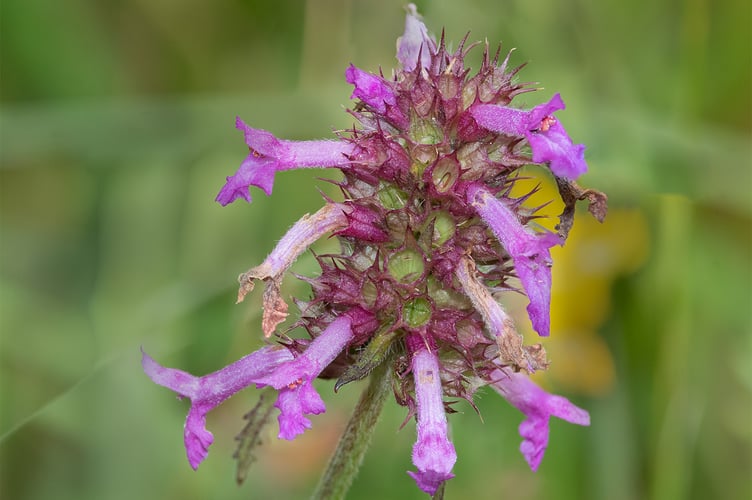
So after reaching the end of the tidal road I decided to take the path beside a shallow side creek.
I eventually came to a sunny patch where there was a very colourful Common Burying Beetle (Nicrophorus vespillo). The common name refers to their habit of burying the corpses of small dead creatures then laying eggs on top of them to provide food for their offspring. They usually carry a few mites which help to keep them clean.
Three male Beautiful Demoiselles were enjoying the sunshine along with some hoverflies and what looked likely to be a Kite-tailed Robber Fly. But it was a female and males are easier to identify by some dark hairs at the tip of the abdomen, which look a bit like the tail of a kite.
By now, it was high tide so I decided to return by walking up the Drunkards Hill path, which seemed much steeper than the way I remembered it. Winter rain had washed away the top soil so it was hard going on rough loose stones.
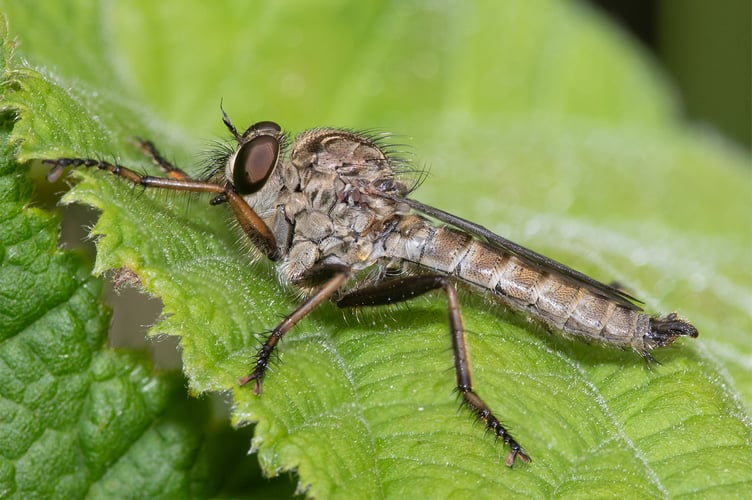
A large black Bloody-nosed Beetle (Timarcha tenebricosa) was also struggling to cope with the stony ground and each rock must have seemed like a mountain. Their common name refers to them producing a reddish smelly fluid from their ‘noses’ if they feel threatened.
The reward for struggling up this overgrown steep path is some excellent wide views over farmland with Dartmoor in the far distance.
There were a lot of Common Grass-veneer moths leaping aside as I took the alternative path across a grass field with clumps of bright reddish purple Betony flowers growing in the hedge. I tend to regard this species as being rather short in height but these were about 18 inches tall.
Then, another Robber Fly was sitting on a leaf and closer inspection showed it to be a male so,with care, I moved to a better position and managed to get a photo which proved the identification.
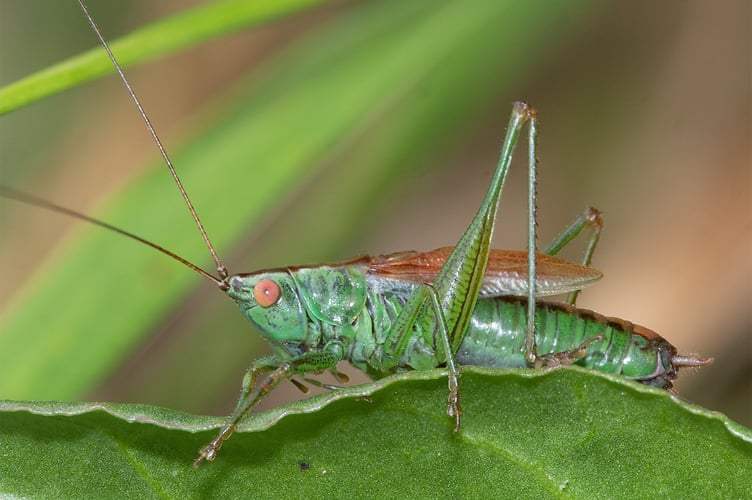
The downhill path, through tall grass, was a much easier task than my uphill struggle and I soon reached the bottom where a few steps took me to the narrow Waterhead Creek road and after turning right I soon reached another path. This path is narrow but recent fencing work has cleared most of the obstructions.
At the end of the path I was alongside the creek but faced another decision. To cross over the creek using the stepping stones or continue on the same side?
By now, the tide had ebbed sufficiently to clear the road so I decided to continue on the same side.
On a previous visit I had found some Short-winged Coneheads there and I wanted to see if they were still in the area. They prefer damp areas such as salt marshes so are much less common than the Long-winged Coneheads which will live in dry grassland.
Coneheads look similar to grasshoppers but with long antennae and females have a long ovipositor at the end of their abdomens. But separating the two species isn’t as simple as it sounds. Juvenile Long-winged have short wings until reaching adulthood and a few Short-winged develop longer wings.
There is a difference in the angle of the female ovipositor between the two species but a male is more problematic. They have a slight variation in the angle of two tiny appendages, which look like small horns, at the end of their abdomen but this is difficult to see.
I soon found some Meadow Grasshoppers then saw one which was slightly larger with long antennae and short wings. But it was a male. However, I eventually managed to get into a position which gave me a clear view of the required parts.
Yes, it was a Short-winged Conehead. They are still living there.

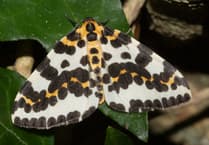
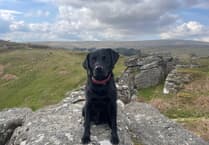
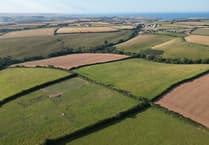

Comments
This article has no comments yet. Be the first to leave a comment.